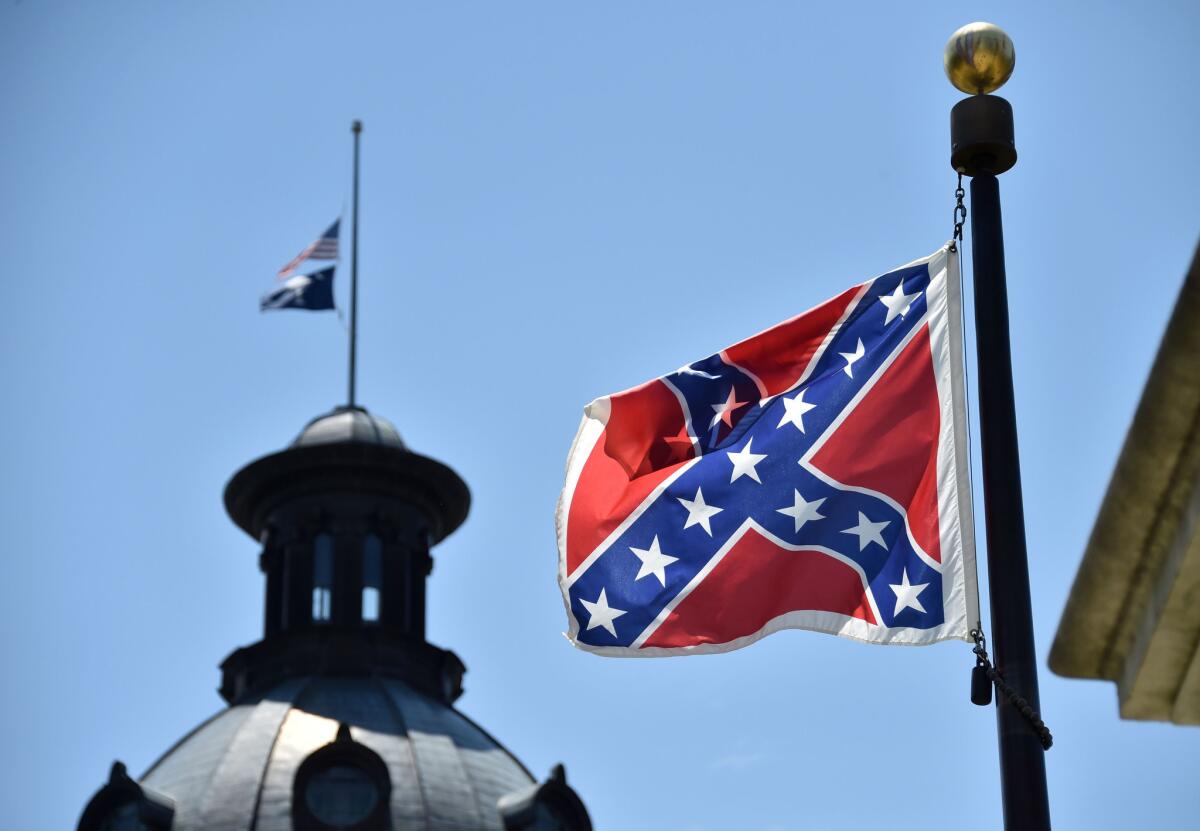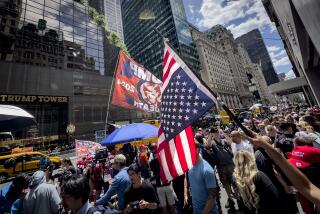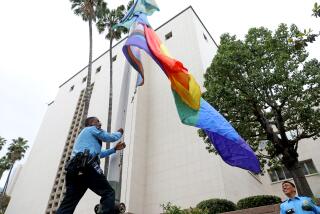Why the Confederate flag won’t come down in South Carolina anytime soon

In the hours after a gunman entered a Charleston church and shot nine black people to death, South Carolina Gov. Nikki Haley ordered all state flags to be lowered to half-staff for nine days.
But one banner continued to wave tall at a war memorial on the Capitol grounds — the Confederate flag, a symbol fraught with emotion and political complexity in the Southern state, and one that was apparently celebrated by the suspected gunman, Dylann Roof.
Speaking in Charleston on Friday, Cornell William Brooks, national NAACP president, demanded the flag be removed, saying that while “some will assert that the Confederate flag is merely a symbol of years gone by,” the flag is “lifted up as an emblem of hate and a tool of hate.”
The discussion set off a flurry of statements by public officials. A White House spokesman said President Obama believes “the Confederate flag belongs in a museum.”
Sen. Lindsey Graham (R-S.C.) said the flag is “part of who we are,” and that flying it over the memorial “works here,” though he said he was open to revisiting the issue.
Why can’t state leaders take down this old, embattled standard, or even lower it to half-staff?
They are not allowed to — not without a two-thirds vote of both houses of the Republican-controlled state Legislature. A law enacted in 2000, which removed the rebel flag from the dome of the statehouse, prevents any modifications to state monuments without a supermajority.
That part of the law makes it extremely unlikely that such a vote could be successful anytime soon.
“It’s like getting political Ebola,” said David Woodard, a longtime Republican political consultant and professor of political science at Clemson University in South Carolina, of the Confederate flag issue. “Any time you touch it you’re going to make more enemies than friends.”
Woodard recalled the hard-fought battle in the late 1990s and early 2000s, when the National Assn. for the Advancement of Colored People announced a boycott on tourism to the Palmetto State in protest of the flag and the issue became part of the national conversation during the Republican presidential primary between John McCain and George W. Bush.
Then-Gov. David Beasley lost reelection in 1998, in part because of his campaign to take down the Confederate flag, Woodard said.
“It was just a very, very tense situation, and you weren’t going to come up with a solution that was going to make everybody happy,” Woodard said.
Tens of thousands of people marched on the Capitol to protest the flag, and several thousand others from the Sons of Confederate Veterans stood on the statehouse steps — in uniform, Woodard said.
State Rep. Rick Quinn, who was the majority leader of the state House of Representatives at the time, said the fierce debate made for strange bedfellows. In an effort to stall a compromise, members of the black caucus who wanted to exorcise the flag from the Capitol grounds joined forces with lawmakers who refused to vote to have it removed from atop its dome.
After months of debate and a final marathon session, Republican leaders wrought the compromise that hard-liners on both sides had feared: The flags hanging on the dome and in each of the legislative chambers would be moved to the state museum, and a new one would be erected on a 30-foot flagpole at the Confederate war memorial outside the statehouse.
But any other changes to the monument — or any other in the state — would require the two-thirds vote.
In a floor statement at the time, Quinn called it “the most difficult vote I have ever cast,” and praised the flag as an “honorable symbol” that “does not stand for hate.”
“There are some people who are clearly racist, who have tried to seize the flag as their emblem,” Quinn told The Times on Friday. “But others feel it is a soldier’s banner” that honors the lives lost during the Civil War, and still others have come to see it as a symbol of rebellion against government intrusion.
“Those people have a bloc of votes in South Carolina, and they have a bloc of votes in the General Assembly,” Quinn said.
The flag has been a perennially divisive issue in this state, home to the first shots fired in the Civil War and the last to fly the Confederate flag over its capitol. (Mississippi’s state flag still incorporates the Confederate battle flag.)
It was first raised over the Capitol in 1961, when the Legislature was controlled by Democrats. The occasion, it was said, was the 100th anniversary of the start of the Civil War.
Despite the raw emotion surrounding this week’s shootings, Woodard said, most state leaders considered the issue closed, and have little incentive to address it again.
“What they did was set the bar real high so they wouldn’t have to revisit it again, because it was so painful,” he said. “They don’t want to have to go back there.”
Quinn certainly does not.
“I think we’ve got bigger issues to deal with,” he said. “It does a disservice when you take on something so divisive that at the end of the day you’re going to lose anyway, and you’ve burnt that time and capital,” he said, citing other issues like the state’s high dropout rate and widespread poverty.
Plus, he added, “I don’t know that whether or not that flag was flying at the monument would have saved those folks’ lives.”
Gov. Haley, who on Thursday spoke tearfully about the Charleston shooting, said in a statement that now is not the time for policy discussions.
“Now is the time for healing our whole state ... and lifting those families up in prayer,” Haley said.
Twitter: @cmaiduc
More to Read
Sign up for Essential California
The most important California stories and recommendations in your inbox every morning.
You may occasionally receive promotional content from the Los Angeles Times.











